10 Must-Know Tips for Growing Healthy Succulents Indoors
Growing succulents indoors can be rewarding when you know what they need. These plants may look low-maintenance, but they still need the right environment to stay healthy. Good light, the right soil, and smart watering habits make a big difference. Let us go over some helpful tips to keep your succulents thriving inside your home.
This post may contain affiliate links, which helps keep this content free. Please read our disclosure for more info.
Place Them Near Bright Windows
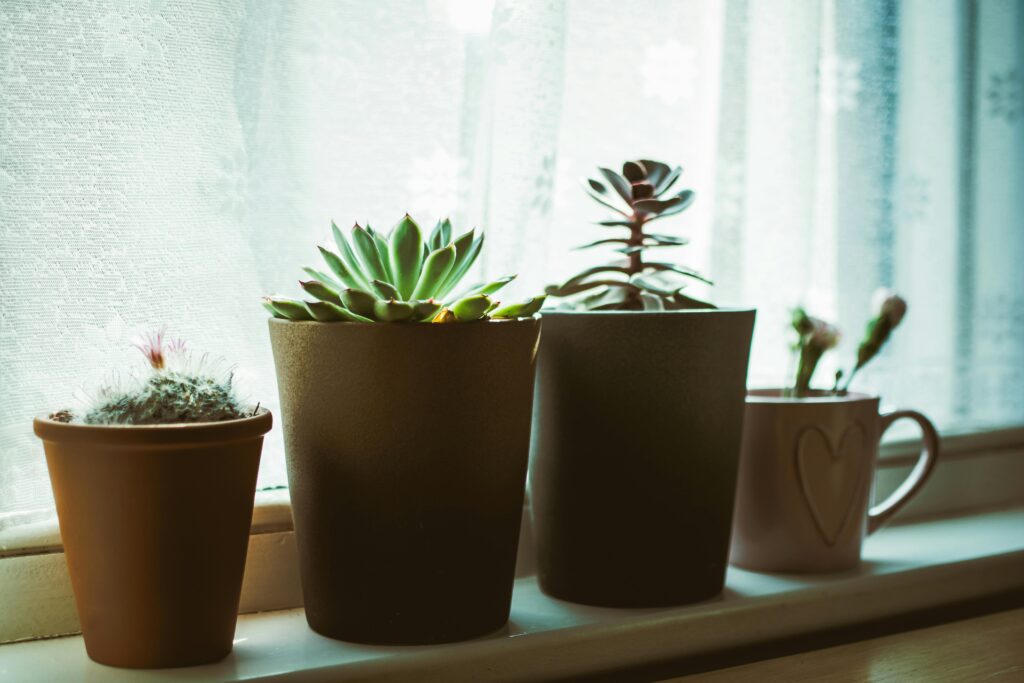
Succulents love natural light, so putting them near a sunny window is important. South-facing or east-facing windows usually give the best light without burning the plants. If the leaves start stretching or turning pale, they may need more light. Rotate the pots every few days so all sides receive equal sunlight.
Too much direct sun can damage soft leaves, especially during summer afternoons. If the window is too hot, use a light curtain to soften the rays. Some succulents, like Haworthia or Gasteria, can handle lower light but still need some brightness. Checking how your succulent responds to its location helps prevent long-term stress.
Use Pots with Drainage Holes
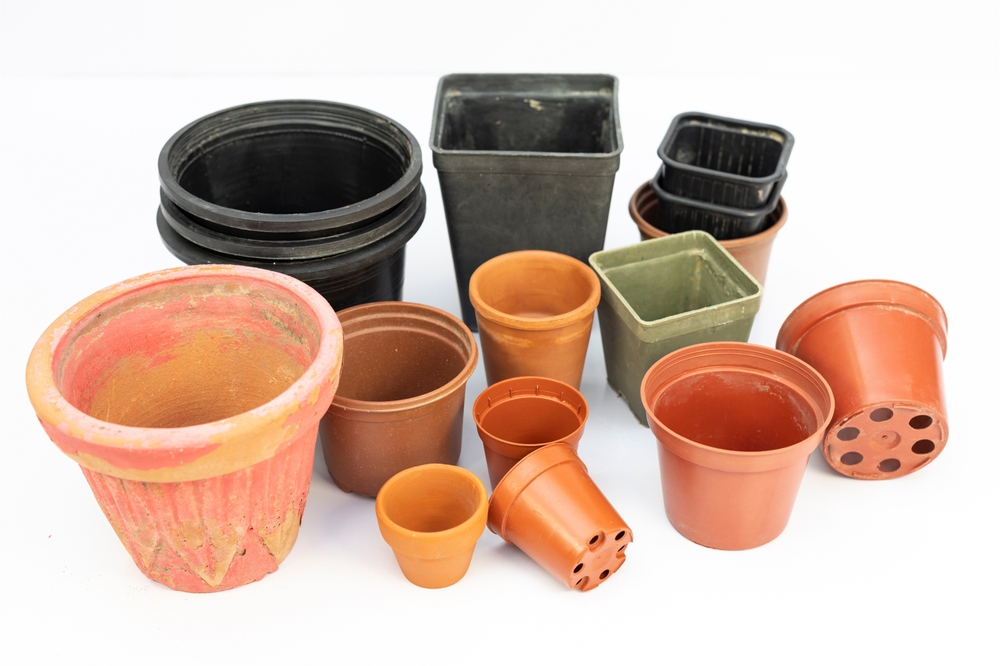
Succulents do not like sitting in wet soil, so drainage holes at the bottom of the pot are essential. These holes let excess water escape and help the soil dry out between waterings. Without proper drainage, roots may rot quickly, even in the best soil. Choosing clay or terracotta pots can help with air flow and moisture control.
If your favorite pot has no holes, consider using it as a decorative cover for a plastic pot with drainage. Always empty any collected water in the outer pot after watering. Proper airflow at the roots keeps the plant healthy and growing steadily. This small detail can make a big difference in indoor growing success.
Water Sparingly
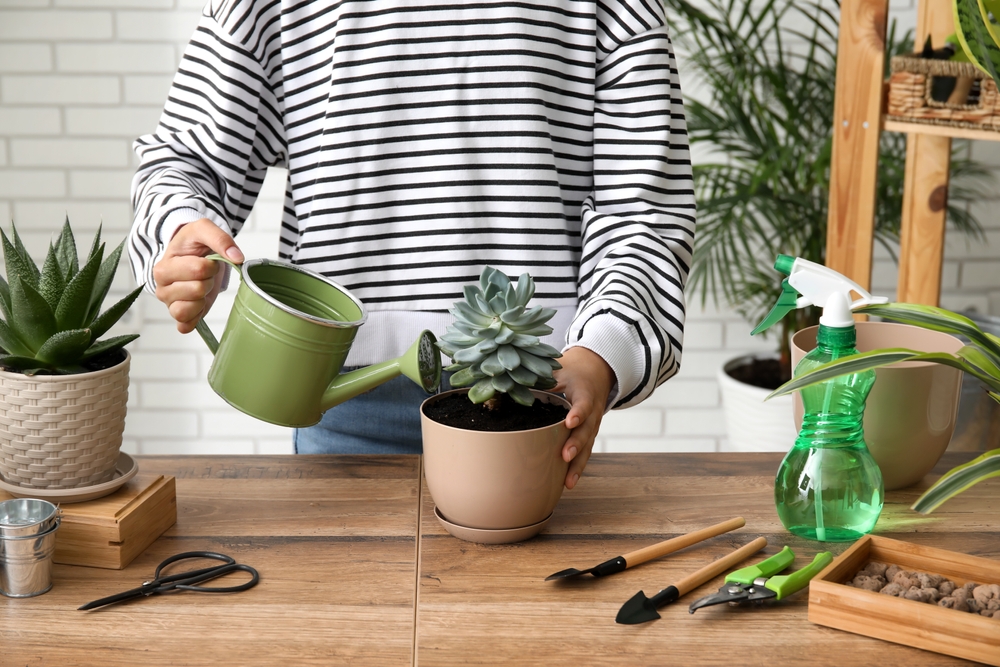
Succulents store water in their leaves and stems, so they do not need frequent watering. Wait until the soil is completely dry before watering again. Stick your finger into the soil about an inch deep to check moisture. Overwatering is one of the most common reasons succulents fail indoors.
When you water, do it thoroughly so the water reaches all the roots, then let it drain out. Avoid misting the leaves, which can cause rot or mold. Most indoor succulents prefer watering every two to three weeks, depending on humidity and temperature. Consistency and observation are key to keeping them happy.
Choose the Right Soil Mix
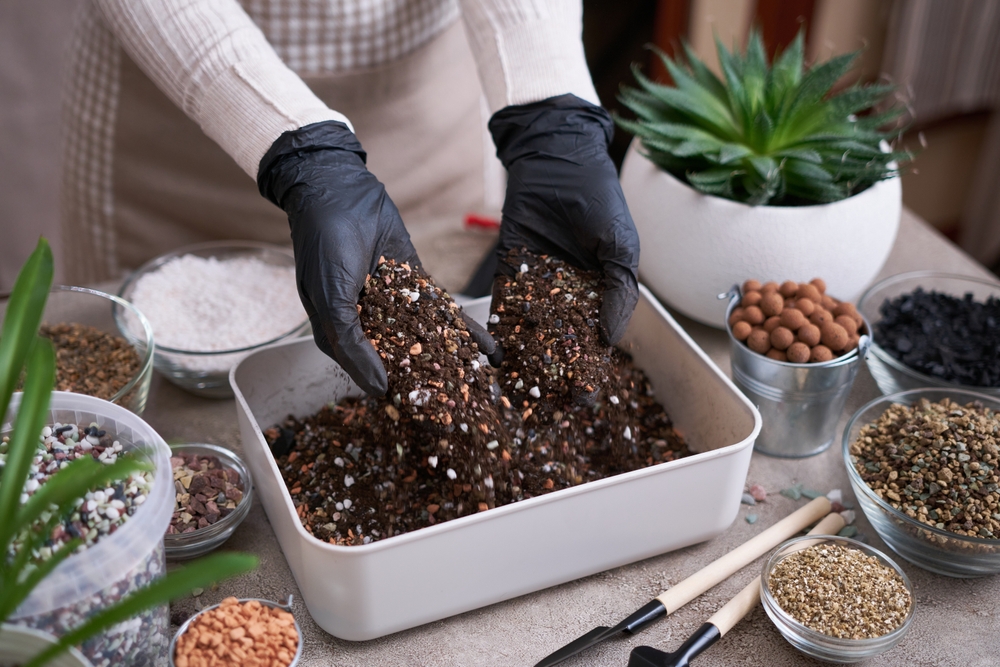
Succulents need soil that drains well and does not hold on to moisture for too long. A cactus or succulent potting mix works well because it contains sand, perlite, or pumice. These materials help keep the soil loose and airy. Regular garden soil is too dense and can lead to root rot indoors.
You can make your own mix by combining potting soil with coarse sand and perlite. This gives better control over texture and drainage. Keep an eye on how the soil behaves after watering. If it stays wet for more than a day or two, it may be time to adjust your mix.
Avoid Humid Rooms
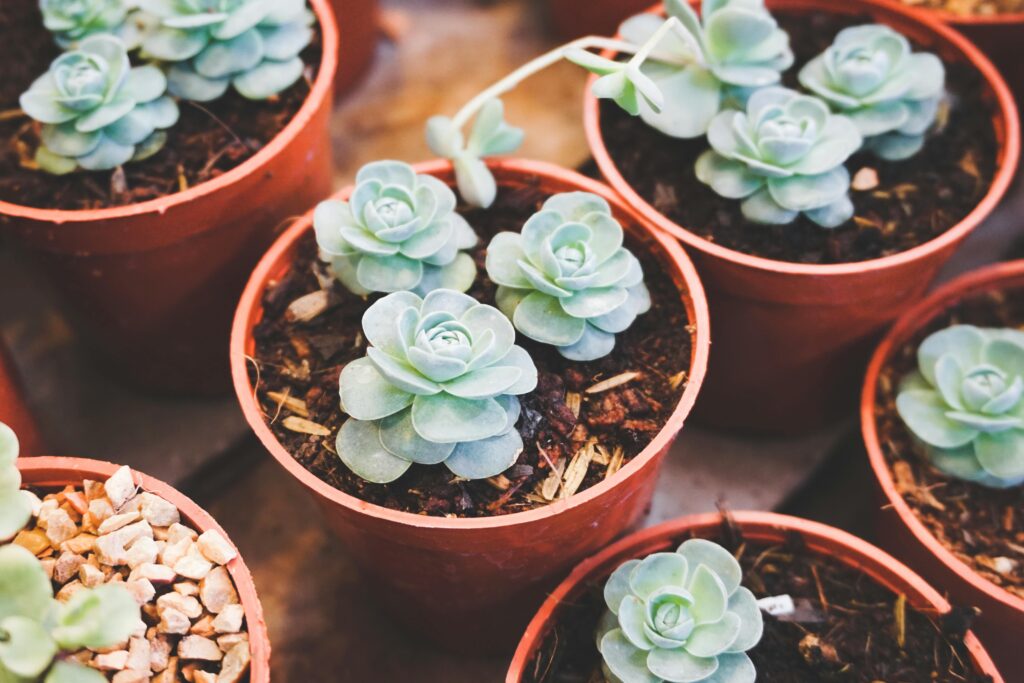
Succulents thrive in dry air, so they do not do well in humid places like bathrooms or laundry areas. High humidity can lead to fungus or rot, especially around the base of the plant. It is best to place them in rooms with good airflow and low moisture in the air. If condensation forms on the windows, it might be too damp for succulents.
Use a fan or open windows regularly to reduce indoor humidity. A dehumidifier can help if you live in a very damp climate. Some varieties, like snake plants may tolerate more moisture, but most do not. Watching the leaf condition can help you catch problems early.
Let the Soil Dry Completely
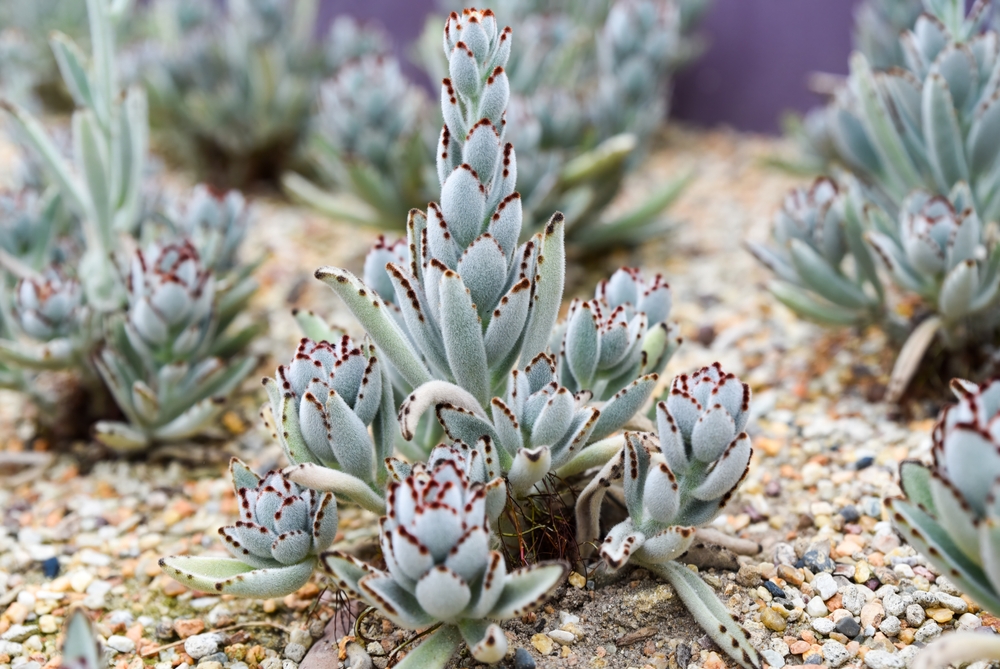
Succulents like dry periods between watering. Letting the soil dry completely helps mimic their natural desert environment. You can use a moisture meter or feel the soil with your finger to check dryness. If the soil feels even slightly damp, wait a few more days.
Keeping them on a fixed schedule can cause problems if the room temperature changes. Warmer rooms may dry the soil faster, while cooler spaces take more time. Adjust based on the plant’s needs instead of sticking to a calendar. This habit helps prevent many watering issues.
Keep an Eye on Temperature
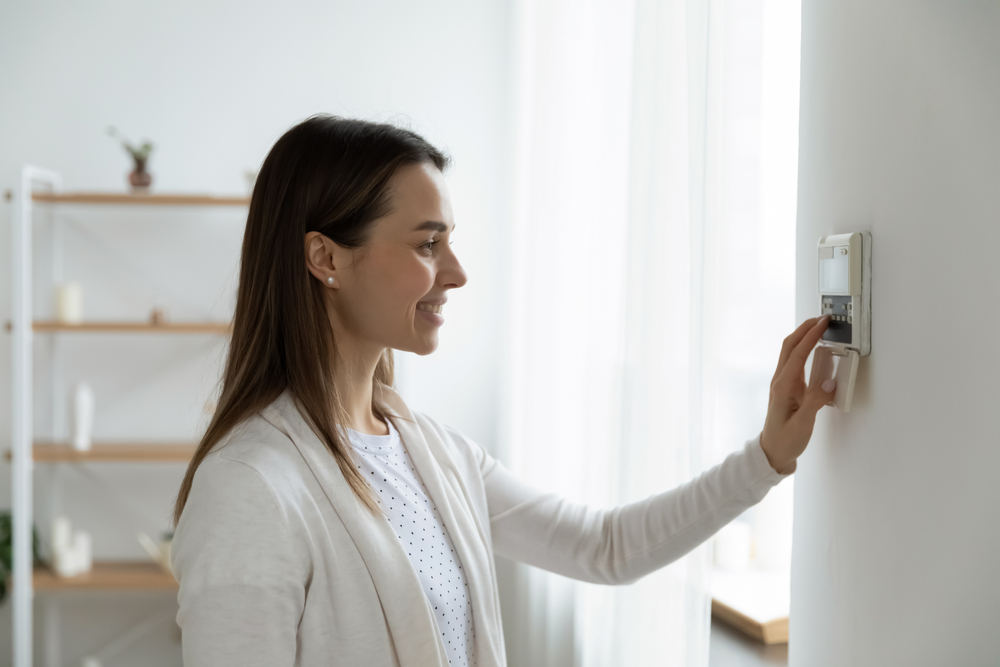
Succulents prefer a temperature range between 60 and 80 degrees Fahrenheit. They do not like sudden changes or freezing drafts from windows or air conditioners. Most indoor spaces fall within this range, but cold nights near windows can be risky. Try to move them a few inches away from the glass during winter.
Avoid placing them too close to heaters or radiators, which can dry out the leaves. Some tropical succulents are more sensitive and need slightly warmer conditions. Watch for signs like wrinkled leaves or color changes. Stable temperatures support healthy root and leaf growth.
Watch for Pests
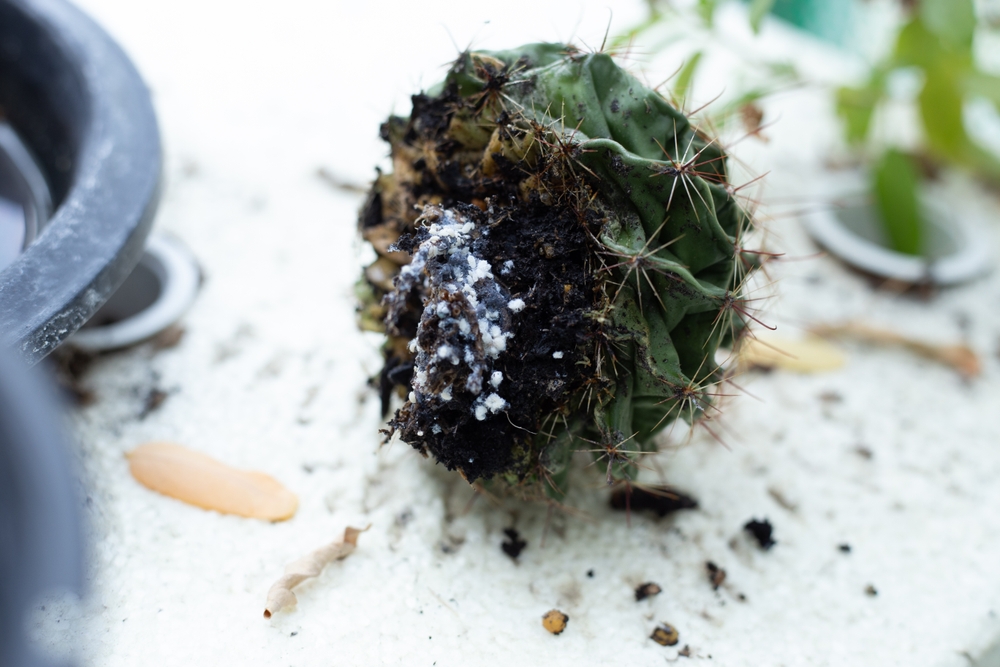
Even indoor succulents can attract pests like mealybugs, spider mites, or fungus gnats. These pests often hide in leaf joints or under the plant and can spread quickly. You might notice sticky residue, small webs, or discolored patches. Early detection is key to stopping an infestation.
Use a cotton swab dipped in rubbing alcohol to remove pests from affected areas. Neem oil spray can help keep bugs away without harming the plant. Always check new plants for signs before adding them to your collection. Keeping leaves clean and dry also helps prevent problems.
Avoid Overcrowding
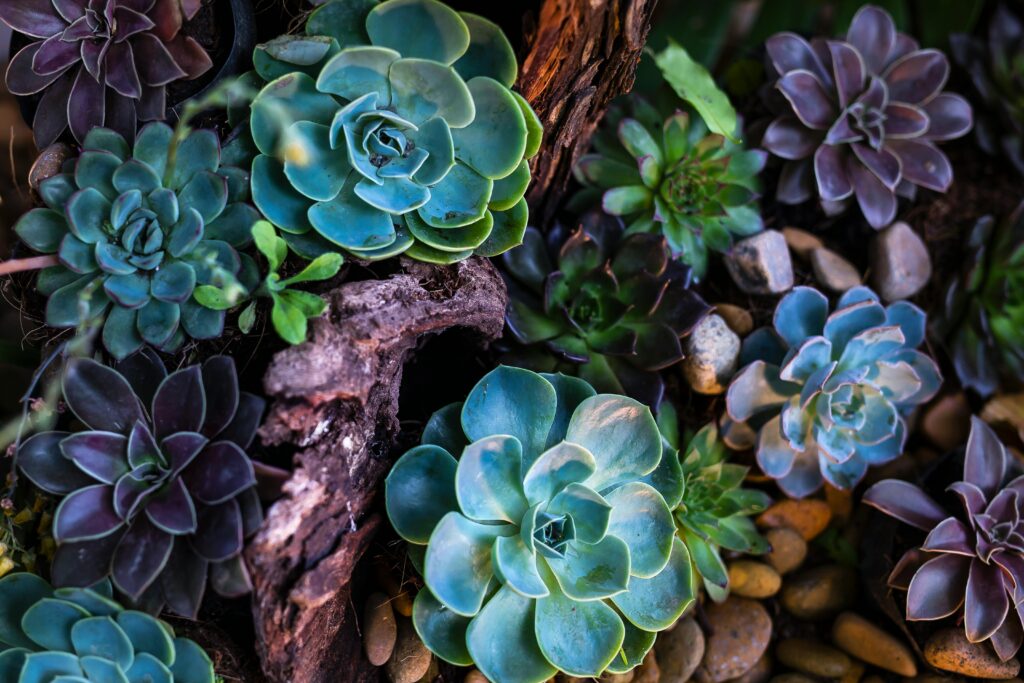
Giving each succulent enough space helps with airflow and prevents mold or rot. Crowded plants often trap moisture and shade each other, causing weak growth. Small pots or tight groupings can look nice, but they increase the risk of problems. Use individual containers or leave space in shared planters.
Proper spacing also makes it easier to see when a plant needs help. Leaves get more light and stay healthier when they are not touching. If you want a fuller look, choose slow-growing types or use decorative stones. Good layout choices keep your indoor display healthier in the long run.
Be Patient with Growth

Succulents grow slowly, especially indoors, where light and temperature changes are limited. It may take weeks or months before you notice visible changes. This slow pace is normal and does not mean the plant is unhealthy. Focus on signs of health like firm leaves and steady color.
Avoid the temptation to water more or move them too often to force growth. A healthy succulent grows when it is ready and does not need a lot of fuss. Patience is part of the process, and rushing it can cause harm. Letting them adjust and grow on their own makes caring for them easier.
Indoor succulents do best when their environment stays dry, warm, and well-lit. With consistent care and the right setup, your succulents can stay healthy and attractive all year.
This article originally appeared on Avocadu.
